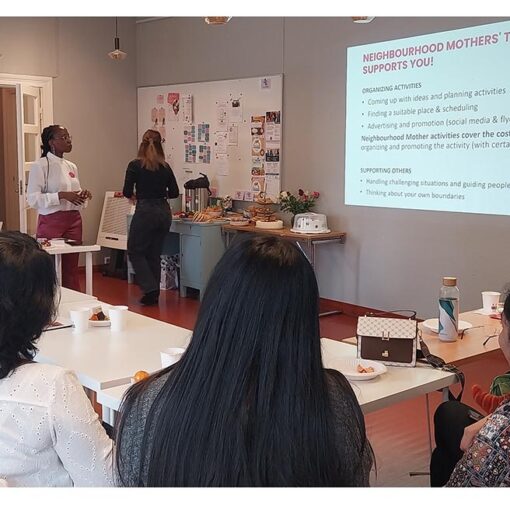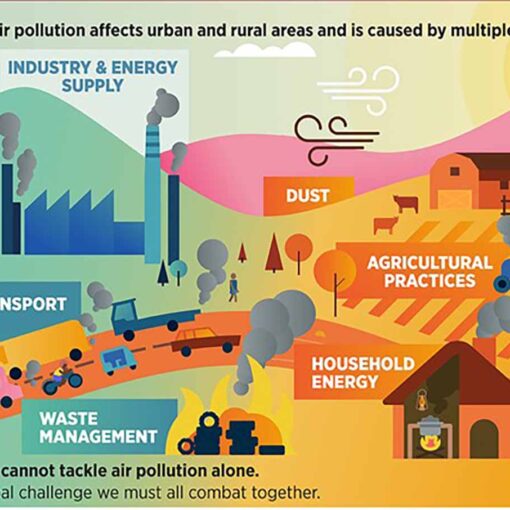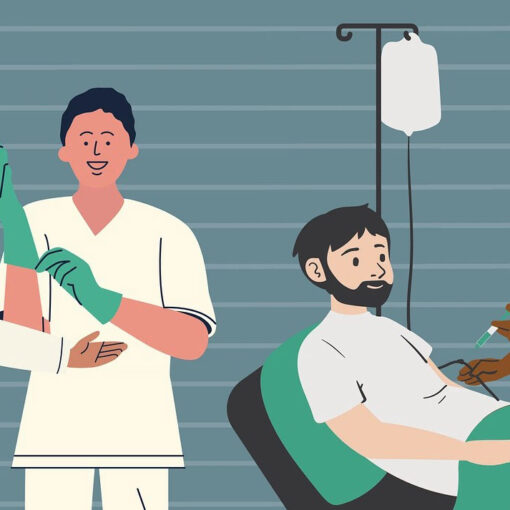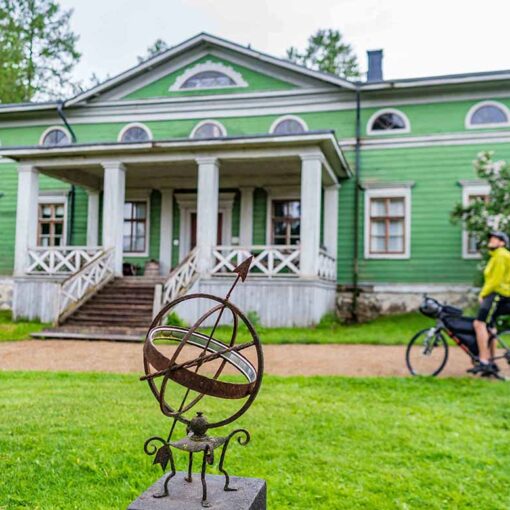Global migration and internationalisation relate to higher education. Students all over the world have a chance to apply to study a higher degree programme in different countries. (A Lee et al. 2019.) Korhonen et al. (2019) state that the number of international students is steadily increasing in Europe. Demand for healthcare personnel is growing in Finland too leading to a more international workforce as institutions welcome nursing degree students from abroad (Korpela 2008).
Clinical placement is an integral part of the nursing curriculum, and all students are obliged to complete all the clinical placements successfully to graduate and get registered nurse’s degree. It is known that foreign language students face a variety of challenges during their clinical placements in Finland. These difficulties are mainly related to language, cultural and religious barriers. (Pitkäjärvi et al. 2012, 16.)

According to Grevtceva and Khevavasam (2022) the most common challenges that foreign language nursing students face in Finland during their clinical placements are: cultural and language barriers, discrimination, social barriers, barriers imposed by mentors in units, barriers related to foreign language students themselves, unsupportive clinical placement environment, ineffective support from educational institutions, and finally, future career perspectives.
Poor language skills were considered as the reason that restricted foreign language students’ ability to effectively learn during their placements, had negative influence on interaction with patients and created stressful situations. Moreover, it inhibited the opportunities for developing professional competences and reaching personal learning objectives. (Korhonen et al. 2019.)
Grevtceva and Khevavasam (2022) state that the role of clinical placement supervisor, mentor is essential in succession of clinical placement for nursing students. According to Atrill et al. (2016), mentors at clinical placements have significant impact on the learning outcomes of foreign language students. However, mentors’ own attitude on guiding foreign language students was identified as a key barrier for foreign language students at clinical placements. According to Pitkäjärvi et al (2012), there is inequality in attitude of clinical placement staff towards foreign language students in comparison with local nursing students.
The importance of building effective and supportive relationship between mentors and foreign students was identified as a main key to success of culturally and linguistically diverse students during their clinical placements (Korhonen et al. 2019). Therefore, mentors’ role in succession of clinical placements cannot be underestimated.
Foreign language students are a great asset the future workforce globally. The clinical field is bound to find a way to support and guide all nursing students equally.
Authors
Nelli Grevtceva and Victoria Khevavasam are graduating students at LAB University of Applied Sciences.
Sini Hämäläinen works as a Senior Lecturer at LAB University of Applied Sciences.
References
A Lee, D.-Ch., Haines, T.P., Maneephong, S. & Zeng, Q. 2019. Barriers to fieldwork placements for international higher degree students: A systematic literature review. Australian Journal of Career Development. Vol 28, No. 3. Cited 14 Feb 2022. Available at https://journals-sagepub-com.ezproxy.saimia.fi/doi/full/10.1177/1038416219849645
Attrill, S., Lincoln, M. & McAllister, S. 2016. Supervising international students in clinical placements: perceptions of experiences and factors influencing competency development. BMC Medical Education, Vol 16, No. 180. Cited 15 Feb 2022. Available at https://pubmed.ncbi.nlm.nih.gov/27422052/
Grevtceva, N. & Khevavasam, V. 2022. Multicultural nursing students’ challenges at clinical placements. Bachelor’s thesis. LAB University of Applied Sciences. Cited 9 Jun 2022. Available at https://urn.fi/URN:NBN:fi:amk-2022060916925
Korhonen, H., Tuomikoski, A.-M., Oikarainen, A., Kääriäinen, M., Elo, S., Kyngäs, H. & Mikkonen, K. 2019. Culturally and linguistically diverse healthcare students’ experiences of the clinical learning environment and mentoring: A qualitative study. Nurse Education in Practice. Vol. 41, No. 102637. Cited 22 Mar 2022. Available at https://web-s-ebscohost-com.ezproxy.saimia.fi/ehost/detail/detail?vid=4&sid=918a5394-a35f-43ef-85f4-953d64cbd4be%40redis&bdata=JnNpdGU9ZWhvc3QtbGl2ZQ%3d%3d#AN=141636427&db=c8h
Korpela, S. 2008. This is Finland. Finnish healthcare goes multicultural. Cited 28 Apr 2022. Available at https://finland.fi/facts-stats-and-info/finnish-healthcare-goes-multicultural/
Pitkäjärvi, M., Eriksson, E. & Pitkälä, K. 2012. The diversity Issue Revised: International Students in Clinical Environment. International Scholarly Research Network, Vol. 2012, No. 294138. Cited 16 Feb 2022. Available at https://pubmed.ncbi.nlm.nih.gov/22548188/
RODNAE productions. 2020. Hymyily, monimuotoisuus, lääkärit, sairaanhoitajat. Pexels. Cited 8 Aug 2022. Available at https://www.pexels.com/fi-fi/kuva/hymyily-monimuotoisuus-laakarit-sairaanhoitajat-6129507/




